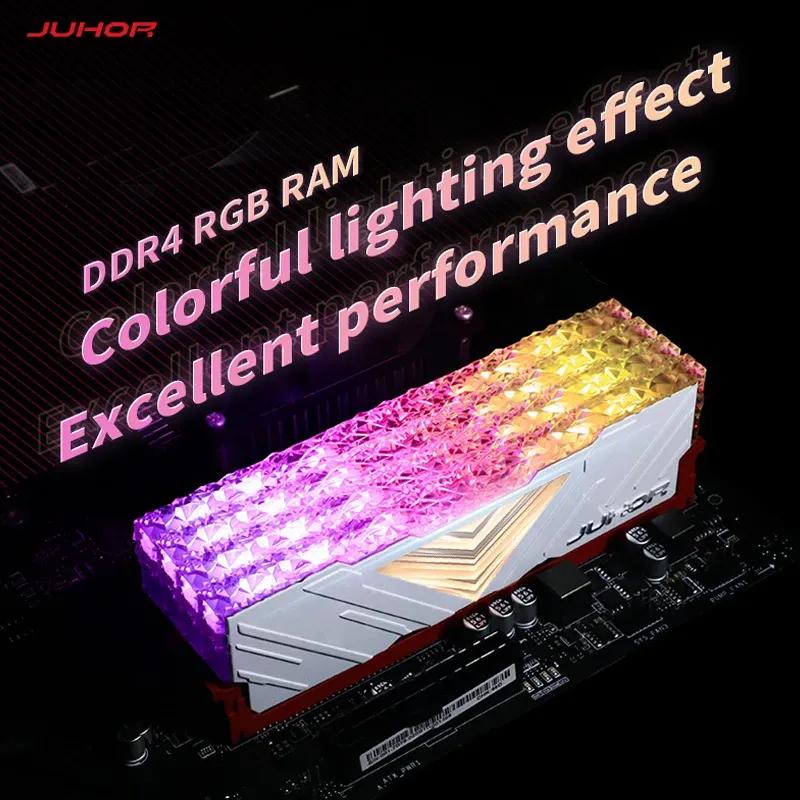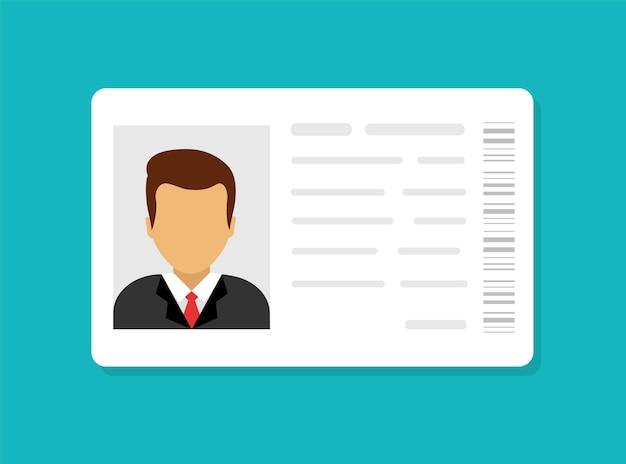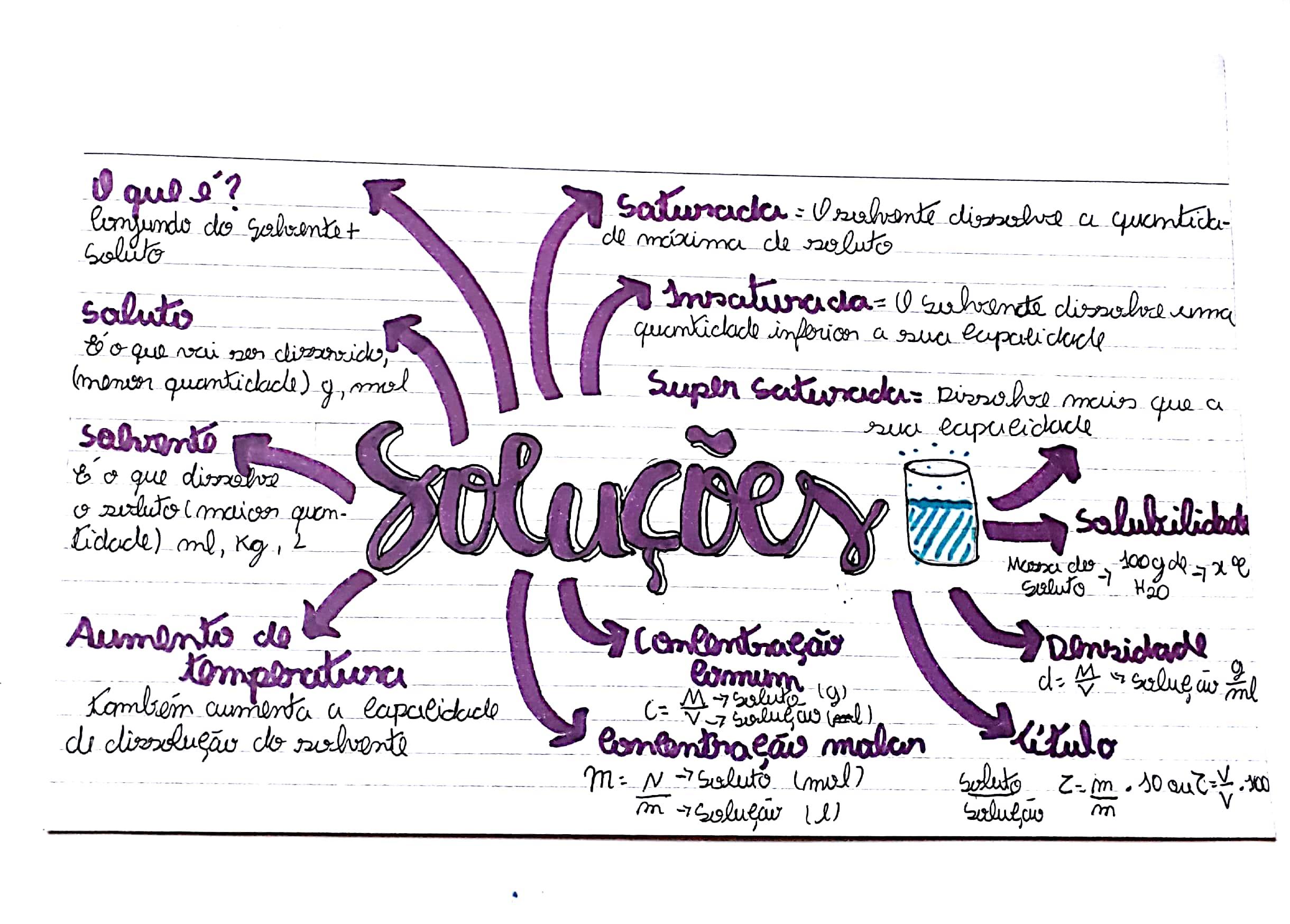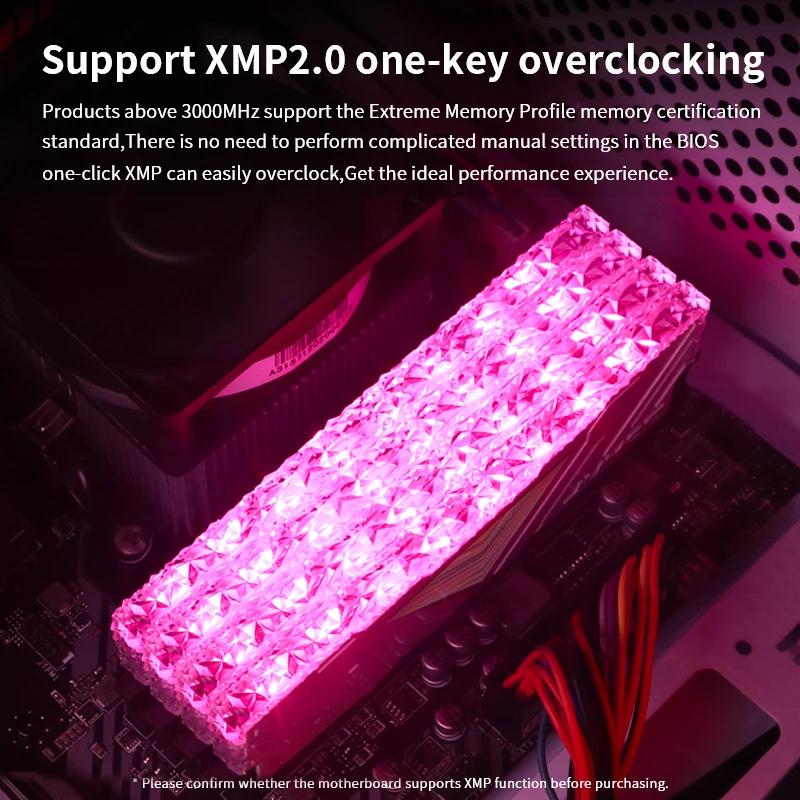RAM plays a crucial role in the efficient functioning of a computer, and a malfunction in this component can result in a number of issues that affect the productivity and stability of the system. In this article, we will discuss the common symptoms of faulty RAM, as well as possible solutions to this problem. Through the exploration of real-life cases and detailed analyses, we aim to provide a comprehensive understanding of the problems related to faulty RAM and provide precise guidance for resolving such issues.
Signs of a faulty RAM memory
Faulty RAM: Symptoms and Solutions
When your computer's RAM is faulty, it can cause a number of problems, from system slowdowns to unexpected crashes and reboots. It's important to know how to identify the signs that your RAM is faulty so you can take the necessary steps to fix the problem. Some of the most common symptoms of faulty RAM include:
- Slow computer performance
- Common Blue Screen Errors (BSOD)
- Frequent crashes and reboots
- File read/write error
- Problems starting the operating system
If you’re experiencing these issues, your RAM may be faulty. Fortunately, there are a few solutions you can try before you need to replace your computer’s RAM. One of the first things you can do is test your RAM using tools like Memtest86. Additionally, cleaning the RAM contacts and reinstalling it into your computer can fix some connection issues. If none of these work, you may need to replace your faulty RAM with a new one.

Identifying RAM Failure Symptoms
Faulty RAM: Symptoms and Solutions
Identifying symptoms of RAM failure is essential to ensuring that your computer is working properly. When your RAM is faulty, your system's performance can be significantly affected. The good news is that there are clear signs that something is wrong with your RAM, and it's important to be aware of them so you can take the necessary measures. Below, we've outlined the most common symptoms of RAM failure and possible solutions to resolve these issues.
One of the most common symptoms of faulty RAM is frequent system crashes or freezes. If your computer is experiencing random crashes, especially during simple tasks like browsing the internet or using basic programs, it's likely that your RAM is experiencing problems. Additionally, blue screen errors, abnormal system slowness, and failure to boot can also indicate that your RAM is faulty. To resolve these issues, it's important to test your RAM using diagnostic software, replace any faulty memory sticks, and ensure that your system is properly ventilated to prevent overheating.

Solutions for faulty RAM memory problems
If you’re experiencing performance issues on your computer, the cause could be faulty RAM. It’s important to identify the symptoms associated with faulty RAM so that you can take appropriate steps to resolve the issue. Some of the common symptoms of faulty RAM include frequent system crashes, blue screen errors, and random application crashes. Fortunately, there are several solutions that you can apply to resolve this issue and restore your computer’s performance.
One of the first solutions you can try is to check if the RAM is properly seated on the motherboard. A loose connection can often result in memory problems. Additionally, running memory tests using specialized software can help identify the problem. If the RAM is confirmed to be faulty, replacing it is the only viable solution. Make sure to invest in high-quality RAM that is compatible with your computer's motherboard to avoid future problems.

Recommendations for replacing and maintaining RAM memory
When it comes to replacing and maintaining a computer's RAM, it's important to be aware of the symptoms of a RAM problem and the possible solutions. RAM plays a crucial role in a computer's overall performance, and RAM problems can result in system crashes, freezes, and slowdowns.
Some common symptoms of faulty RAM include boot errors, blue screen of death, and operating system crashes or freezes. To resolve these issues, it is essential to follow some recommendations, such as checking the RAM modules and replacing any that are faulty, cleaning the contacts of the RAM modules, and ensuring that the RAM is properly seated in the slots on the motherboard. Additionally, updating or replacing system drivers and running RAM diagnostic tools can also be helpful in identifying and resolving memory issues.
Close
Identifying and troubleshooting faulty RAM is crucial to ensuring system performance and stability. When you experience symptoms of RAM failure, such as crashes, boot errors, or slow performance, it is important to perform testing and diagnostics to determine the source of the problem. Replacing the faulty RAM is often the most effective solution, but it is essential to follow the manufacturer's guidelines and recommendations to ensure compatibility and integrity of the hardware. Additionally, preventive maintenance and the use of monitoring software can help identify and resolve RAM problems early. By understanding the symptoms and solutions for faulty RAM, we can help maintain reliable and efficient computer systems.

